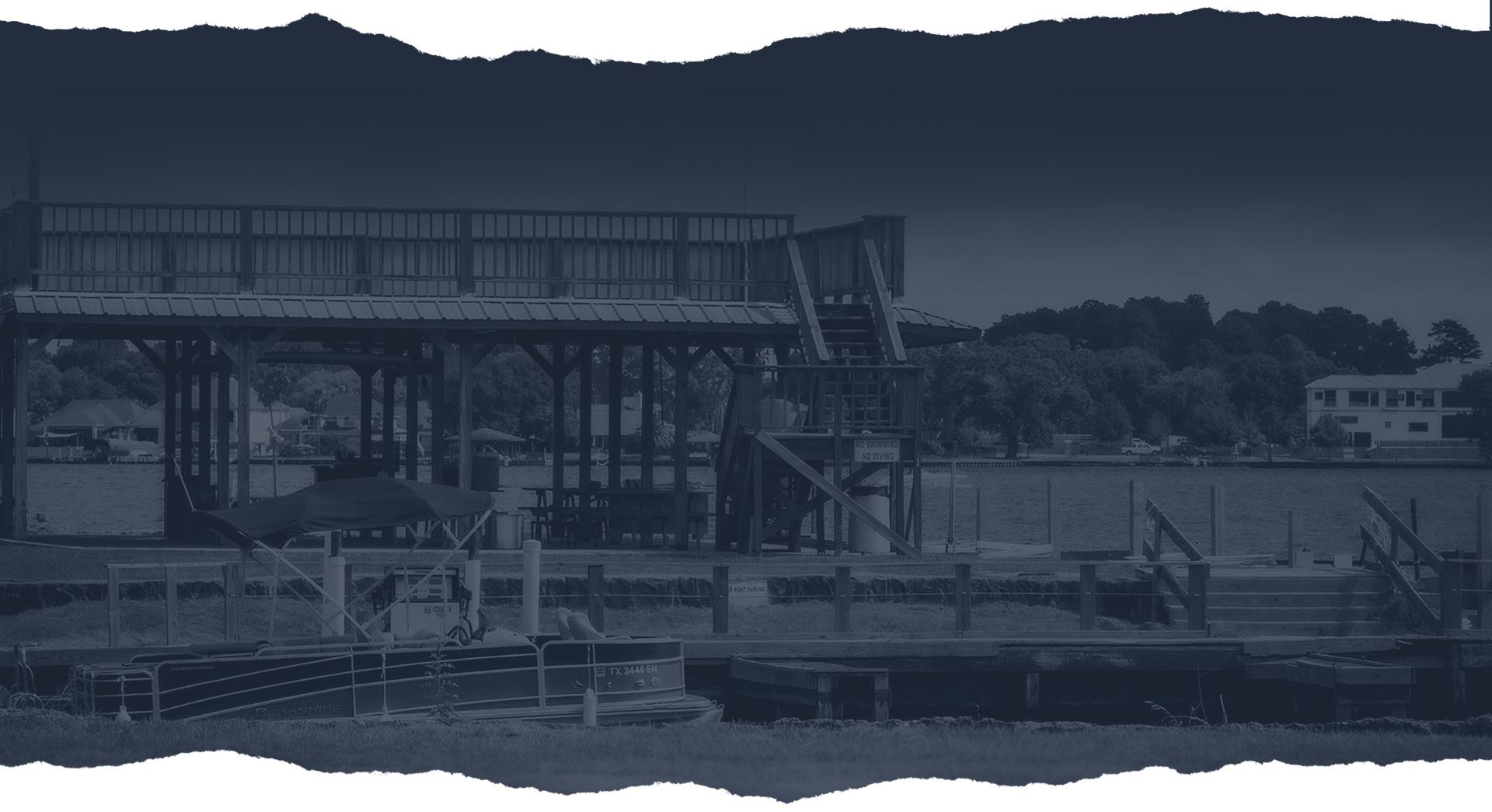As fall arrives, nature transforms dramatically. Leaves change colors, temperatures drop, and daylight decreases.
These changes present new challenges for drivers. Fall weather significantly impacts road safety, and understanding its effects is essential to reducing accidents and ensuring safety.
Changing Weather Patterns in Fall
Fall weather brings unique conditions. Rainfall increases, introducing slick surfaces. Fog often develops, reducing visibility. Daylight fades earlier, making roads darker. These factors combine to create distinct driving challenges. Compared to other seasons, fall presents more varied weather changes. Drivers must stay alert and adapt to shifting conditions.
Impact of Weather on Driving Conditions
Fall weather directly affects driving. Fog, for instance, substantially limits visibility, decreasing a driver’s field of view and impeding reaction times. Early nightfall compounds these visibility issues. Roads become darker during peak travel hours, creating uncertainty.
Frequent rain can impact road surfaces, reducing tire grip. The accumulation of fallen leaves makes roads even more slippery. Under these conditions, drivers face increased hydroplaning risks. Handling vehicles becomes more difficult and demands greater attention.
Safety Tips for Drivers
Drivers can take proactive steps to improve safety. Vehicle maintenance is a crucial first step. Regular tire checks ensure proper tread and pressure, which helps maintain a grip on wet roads. Windshield wipers need to be replaced before fall as effective wipers improve visibility during rain.
Safe driving practices play a critical role in road safety, too. Slower speeds help maintain control on slick roads, and drivers should adjust their speed according to the weather. Maintaining safe distances between vehicles is also vital. It allows drivers more time to react to sudden stops or changes.
Use of headlights and fog lights enhances visibility. Headlights should remain on during dusk and dawn. They help signal presence to other vehicles. In fog, fog lights are preferred. They cut through the mist more effectively.
Technological Assistance in Adverse Weather
Modern vehicles come equipped with numerous safety features. These technologies assist drivers during challenging fall conditions.
Traction control, for instance, helps maintain tire contact with the road. It prevents skidding, enhancing stability on wet surfaces.
Emergency braking systems detect obstacles. They apply brakes automatically, reducing collision risks.
Navigation systems provide weather updates. They alert drivers to road closures and detours. Advanced driver assistance systems (ADAS) support driver awareness. Lane departure warnings signal when a vehicle drifts. This feature proves useful in low-visibility conditions.
Adaptive technology continues to evolve as automakers focus on enhancing safety features. They aim to mitigate risks posed by adverse weather. As technology advances, drivers gain greater tools for navigating fall roads safely.
What to Do in Case of an Accident
Despite taking precautions, accidents can still occur. Knowing the proper steps to take immediately following an accident is crucial to ensuring safety and handling the situation effectively.
First, if possible, move your vehicle to a safe location off the road to avoid further hazards. Turn on your hazard lights to alert other drivers. Check yourself and your passengers for injuries, and call emergency services if anyone needs medical attention.
Exchange contact and insurance information with the other driver(s), and document the accident by taking photos of the vehicles, any visible injuries, and the surrounding area. During this exchange, remain calm and do not admit fault at the scene. If there are any witnesses, gather their contact details as well.
Next, report the accident to your insurance company promptly. Doing so ensures that you're prepared for any follow-up actions, whether related to legal responsibilities or vehicle repairs.
Finally, make sure to speak with an experienced personal injury attorney in downtown Conroe. If you face difficulties with the insurance company, the other driver, or if there are any injuries involved, calling Scott Law Firm should be your first move. Having an attorney by your side can make all the difference in navigating these legal challenges effectively.
Scott Law Firm is here to help those who have been harmed in a car accident. To meet with our team for a free consultation, contact us online or call our office at (936) 243-4299.


